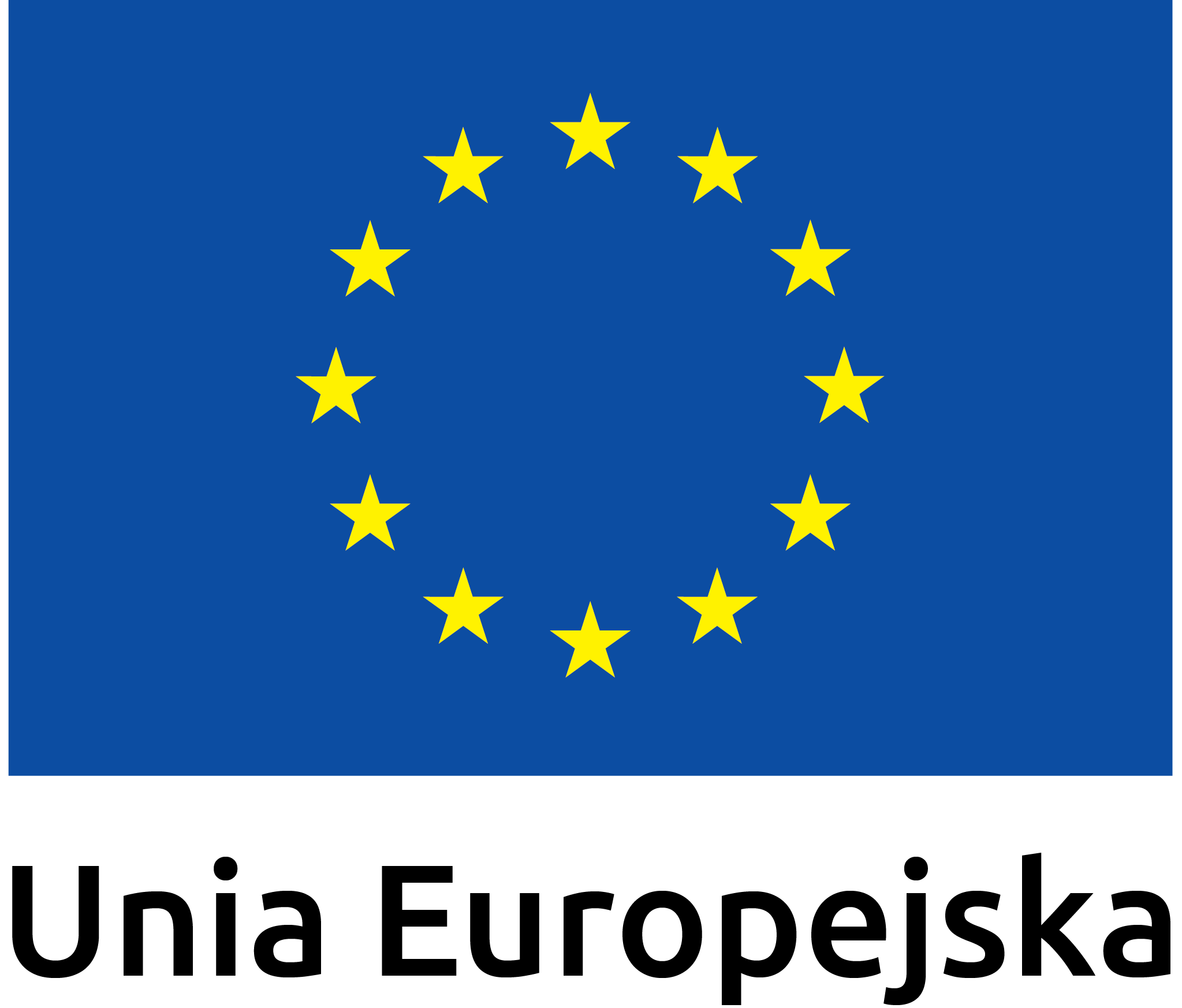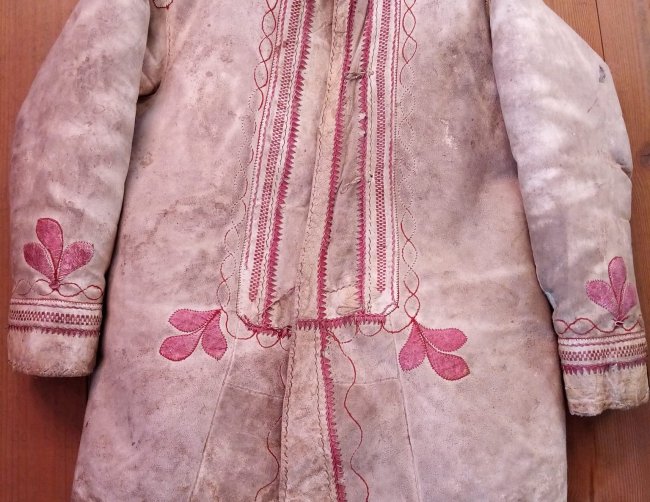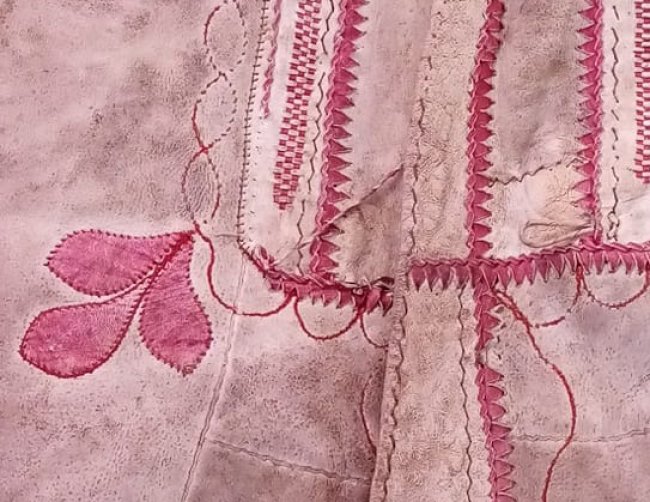Object
Sheepskin coat
Information
Inventory no
MNS/MS/628 – E
Department
Ethnography Department of Pieniny Mountains Museum
Technique
hand sewing
Material
sheepskin, morocco
Copyright classification
https://pl.wikipedia.org/wiki/Domena_publiczna
Description
Sheepskin coat, white lined; acquired by the Pieniny Museum in 1982 from one of the last Ruthenians from Szlachtowa. Sheepskin coat tails fastened with 4 leather buttons and loops. The main decoration is made of red morocco (fine crimson goat skin).
The trefoil motif appears on the front flaps of the sheepskin coat, as well as on its sleeves. The decoration on the back is more extensive: two beautiful morocco flowers surrounded by double leaves and rhombuses. Additionally, the entire sheepskin coat is decorated with a red strap in various places.
Such sheepskin coats were purchased in the area of today's Slovakia - in Stara Lubovla, by both the inhabitants of the Ruthenian nobility and the Pieniny highlanders; women and men. In addition to serving as a warm outerwear during the harsh Carpathian winter, the sheepskin coat was also a formal costume. It was an integral part of the bride and groom's outfit during the wedding ceremony until the beginning of the 20th century.
Furriery was one of the most popular crafts in Slovakia. In the 18th century, the furrier's guild in Stara Lubovla consisted of 11 furriers, and in smaller towns and villages, in addition to trained furrier masters, there were also furriers who made sheepskins at home. Their work was comprehensive: from preparing the raw material - leather, to producing a finished, decorated product - sheepskin. Initially, the skin, cleaned of tallow and meat, was stored in barrels filled with water and salt or bran. Every day, morning and evening, they were transferred from barrel to barrel for 2 weeks and then dried in the ceiling. Before sewing, the leather was sprinkled with flour or chalk to make it white and soft.


